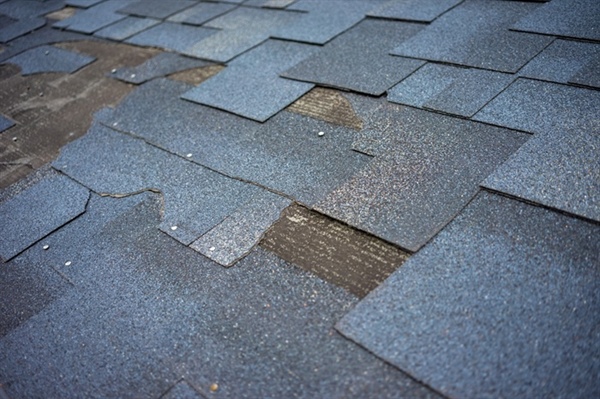How to Identify Hidden Storm Damage in Your Home

Going through a severe storm is stressful, but the bigger risk often comes afterward.
Even if your roof looks fine and your siding seems untouched, hidden damage may still be present. Acreage Restoration understands the importance of identifying these issues early, thereby protecting your home and avoiding costly repairs down the line. From shingles loosened by strong winds to small water stains that indicate unseen leaks, knowing what to look for is the first step in identifying trouble before it worsens.
In the sections ahead, we’ll cover five key areas where hidden storm damage can show up. You’ll get practical tips and expert guidance to help you check everything from attic beams to exterior walls. Stay informed, stay prepared—and if you need a full storm damage assessment, this guide will walk you through what to expect.
Subtle Indicators of Storm Damage in Your Home
Not all impacts from high winds or hail strike with clear force. Check your gutters and downspouts for an unusual concentration of roof granules—a sign that shingles have lost protective coating. Inspect metal flashings around chimneys and vents for bent or lifted edges. On siding or fascia, look for hairline cracks or dents that signal wind-borne debris contact.
Inside, head to the attic after heavy rain. Patches of daylight peeking through shingle joints indicate lifted tabs. Stains on roof decking or beams reveal trapped moisture, often accompanied by musty odors. Even minor soft spots underfoot suggest weakened sheathing beneath.
Regularly surveying your roof perimeter with binoculars can catch early warning signs of storm damage, before hidden issues progress into costly repairs.
Impact of Hidden Water Intrusion on Home Structure
Water migrating through compromised roofing or siding can undermine structural elements over time. Saturated decking and framing members lose rigidity, increasing the risk of sagging or collapse. Prolonged exposure also degrades insulation performance, creating energy inefficiencies and mold-friendly environments.
Foundation walls can develop hairline cracks where water accumulates behind weep holes or under poorly sealed penetrations. These invisible leaks corrode sill plates and rim joists, compromising load paths and potentially leading to long-term settlement issues.
Unchecked moisture often travels along wiring chases and plumbing routes, silently damaging drywall and electrical components before visible signs appear on interior walls.
Tools and Methods to Detect Concealed Damage
Electronic moisture meters provide instant readings of wood and drywall moisture content, pinpointing damp areas behind finished surfaces. Paired with search probes, testers can locate intrusion paths without the need for invasive demolition.
Infrared thermography cameras detect temperature differentials caused by wet insulation or voids in the sheathing. Scanning interior walls and ceilings after a rain event highlights cool spots where moisture persists.
Endoscopic borescopes enable technicians to inspect interior wall cavities or roof assemblies through small access holes. For rooftop surveys, drones equipped with high-resolution cameras capture close-up imagery of shingles, flashing, and gutters, eliminating the need for ladder work.
Cost Escalation from Delayed Storm Damage Repairs
Minor repairs completed within weeks of a storm often cost a few hundred dollars for shingle replacement or sealant application. When hidden leaks persist for months, they can lead to mold remediation, structural beam replacement, and drywall reconstruction—costs that can exceed $5,000.
Insurance claims may be denied if homeowners wait beyond policy deadlines to report damage. Delays also allow secondary issues, such as wood rot and compromised insulation, to spread, thereby increasing labor and material expenses.
Long-term neglect can reduce property value and expose occupants to health risks, making early detection a vital investment in your home’s future.
Preventive Measures to Minimize Hidden Damage
Schedule semi-annual roof inspections to replace loose or worn shingles and reseal flashing around chimneys and vents. Clear debris from valleys and gutters to ensure proper water diversion away from fascia and foundation.
Apply high-adhesion sealants around window and door frames to block wind-driven rain. Install gutter guards to prevent blockages that cause overflow and water intrusion behind the siding.
Keep trees and shrubs trimmed at least six feet from exterior walls to reduce impact damage during storms.
Secure Your Home with Professional Restoration Services
Acreage Restoration offers thorough inspections using moisture meters, thermal imaging, and drone surveys to uncover hidden damage. Our team restores roofing, siding, windows, and gutters with precision and care.
With over a decade of experience and a reputation for honest, relationship-focused service, we handle every repair with transparency and integrity. Avoid escalating costs and safety hazards by scheduling a detailed assessment today.
Call us at 612-401-5911 or contact us to get started!